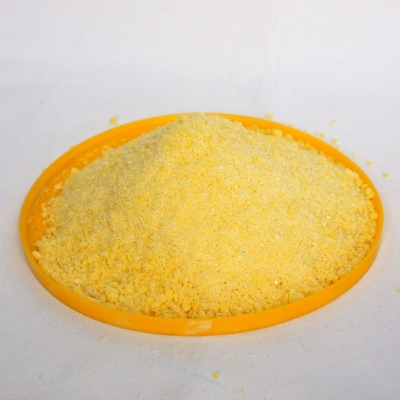-
Categories
-
Pharmaceutical Intermediates
-
Active Pharmaceutical Ingredients
-
Food Additives
- Industrial Coatings
- Agrochemicals
- Dyes and Pigments
- Surfactant
- Flavors and Fragrances
- Chemical Reagents
- Catalyst and Auxiliary
- Natural Products
- Inorganic Chemistry
-
Organic Chemistry
-
Biochemical Engineering
- Analytical Chemistry
-
Cosmetic Ingredient
- Water Treatment Chemical
-
Pharmaceutical Intermediates
Promotion
ECHEMI Mall
Wholesale
Weekly Price
Exhibition
News
-
Trade Service
Source: China Circulation Magazine
such as coronary heart disease, cerebrovascular disease, peripheral vascular disease.
Recently, the China Internal Specialist Alliance of Crine and Metabolic Diseases released the industry standard
for the diagnosis and treatment of type 2 diabetes combined with cardiovascular disease.
This criterion is largely similar
to the corresponding recommendations of cardiology.
such as coronary heart disease, cerebrovascular disease, peripheral vascular disease.
The main recommendations of the standard are as follows:
LDL-C target value: <1.
4 mmol/L in patients with diabetes mellitus and ultra-high-risk patients, <1.
8 mmol/L in very high-risk patients, and <2.
6 mmol/L
in high-risk patients.
Lipid-lowering therapy should be initiated with medium-strength statins
.
If the LDL-C level cannot reach the standard, it can be used in combination with other lipid-modifying drugs (such as ezetimibe), and PCSK9 inhibitors
can be added to very high-risk patients if statins combined with ezetimibe still do not meet the standard after 4~6 weeks.
After statin therapy, if the target value is still not achieved without HDL-C, fibrate and high-purity fish oil preparations can be added to statins, and for patients with severe hypertriglyceridemia (≥ 5.
7 mmol/L), drugs that mainly lower triglycerides and very low-density lipoprotein cholesterol (VLDL-C) (such as fibrates and high-purity fish oil preparations)
should be considered first.
For chronic heart failure, drugs such as diuretics, renin-angiotensin system inhibitors, β blockers, aldosterone receptor antagonists, ivabradine, and digitalis may be used
.
Patients at high risk of ASCVD or ASCVD and heart failure are recommended in addition to standard therapies such as metformin with glucagon-like peptide-1 receptor agonists (GLP-1RA) or sodium-glucose co-transporter 2 inhibitors (SGLT2i)
with evidence of cardiovascular and chronic kidney disease benefit.
If blood pressure levels exceed 120/80 mmHg, lifestyle interventions should be initiated to prevent hypertension
.
Hypertension is established, home blood pressure measurement and, if necessary, 24-hour ambulatory blood pressure testing are recommended, with a blood pressure target of 130/80 mmHg
<.
Monostatic combinations (ARB/calcium antagonists, ARBs, or ACEs/diuretics)
are more recommended for combination regimens.
In patients with evidence of end-organ damage such as proteinuria and left ventricular hypertrophy, renin-angiotensin-aldosterone system blockers (including ACEI, ARB, ARNI) are supported, and ACE inhibitors and ARB are not recommended
.
Patients with diabetes mellitus and ASCVD at high risk, or patients with ASCVD, need aspirin (75~150 mg/d) as primary and secondary prevention, and the risk of
bleeding should be fully assessed.
For allergy or intolerance, clopidogrel (75 mg/day)
can be used.
Source:
[1] China Endocrine Metabolic Disease Specialist Alliance.
Industry standard for the diagnosis and treatment of type 2 diabetes mellitus combined with cardiovascular disease.
Chinese Journal of Endocrinology and Metabolism, 2022, 38(10): 839-842.
Gao Xiufang, Li Yong, Ge Junbo, et al.
Clinical application of new antihyperglycemic drugs to improve cardiovascular and renal outcomes: Chinese experts recommend.
Chinese Journal of Circulation, 2020, 35: 231-238.
DOI: 10.
3969/j.
issn.
1000-3614.
2020.
03.
002.







